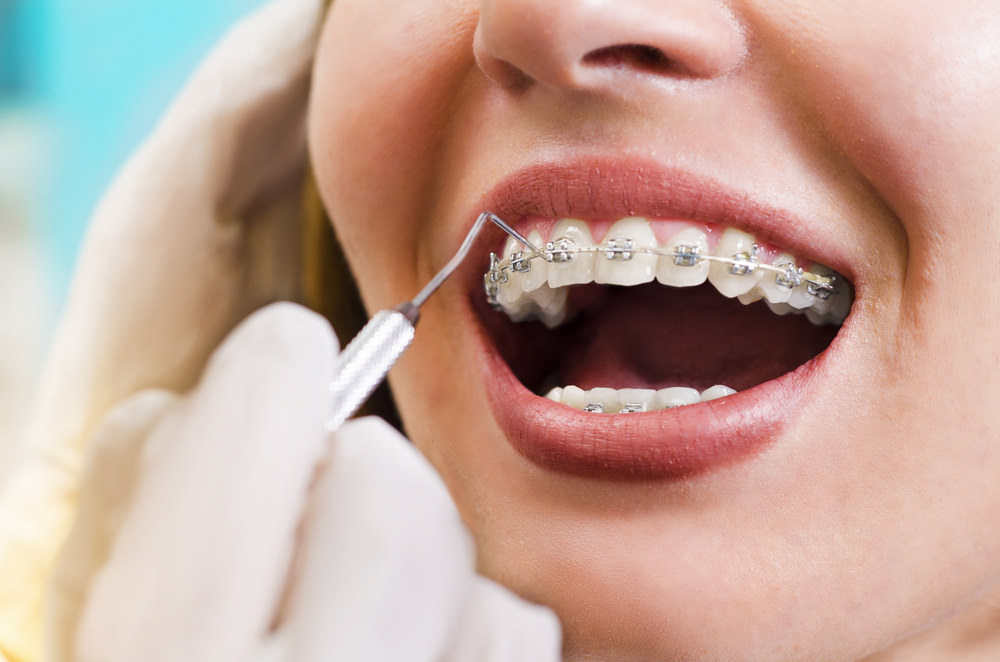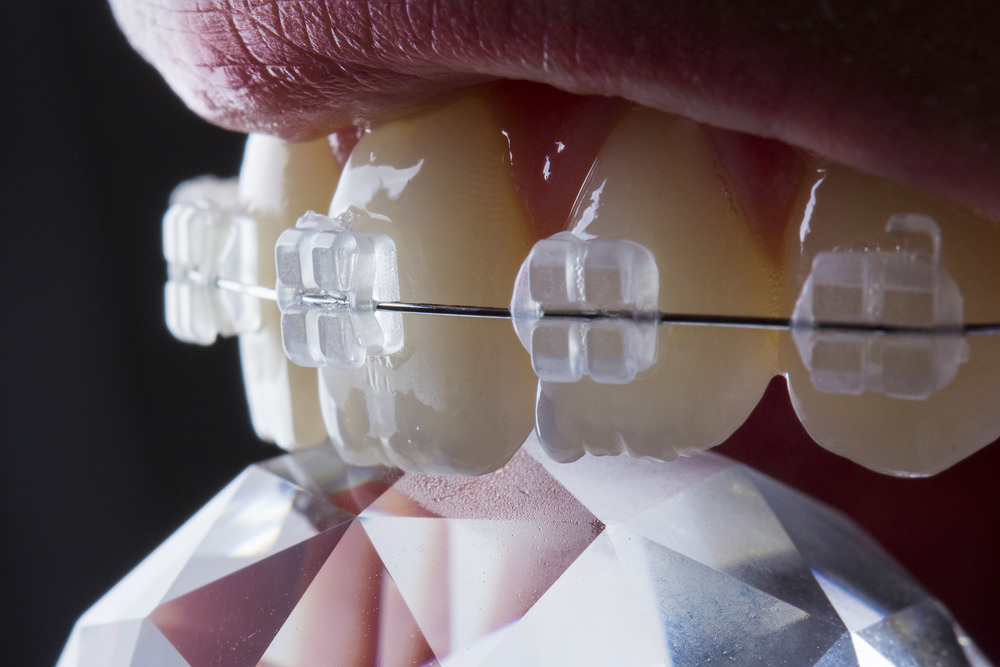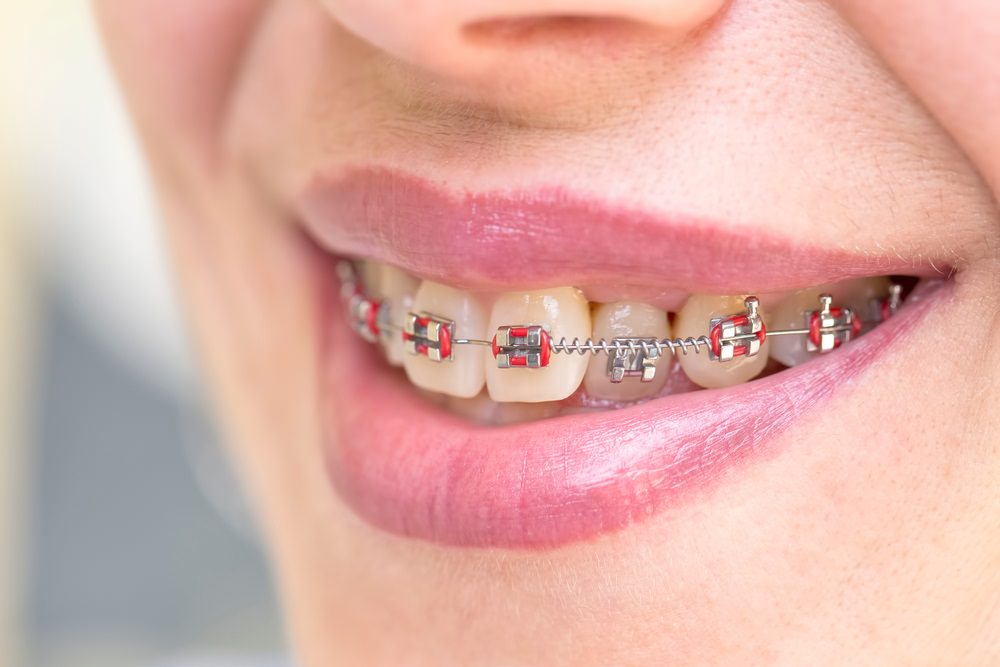Braces Elastics – Must Read Guide!!
Braces elastics are not the same as the individual small elastics that hold the wire to your brackets.
These elastics are used for jaw alignments or teeth alignment within your jaw.
If you have or need braces, you may have heard of braces elastics.
So, what makes braces elastics different to normal elastics?
Braces elastics, also often called ‘rubber bands’, are an important part of your treatment if you are getting braces.
Usually created using medical-grade latex, this means that it is safe if it stays in your mouth for several hours every day.
But, if you are allergic to latex, they are also latex-free options.
These elastics are not the same as the rubber bands or hair bands that you normally use, as they give you the force that is required to move your teeth into their correct place.
They are available in various sizes and thicknesses, including:
- Class I – Closes gaps between teeth.
- Class II – Corrects overbites.
- Class III – Corrects underbites.
- Vertical – Corrects open bites.
- Cross – Corrects crossbites.
- Ligatures – Secures the wires on brackets.
- Inter-arch elastics – Also keep wires in place, but they are slightly larger than ligatures.
Their position, your bite, and your tooth movement all dictate what elastic you need, and also how long you will wear them for.
Let’s get started, so you can learn a little bit more about how important it is for you to wear your braces elastics.
Who Makes the Elastics for Braces?
Latex elastic for braces became the material for choice around the 1960s, replacing natural rubber.
Their biggest advantages are that they are versatile and inexpensive.
But, as mentioned, the elastics are classified by the amount of force they can wield.
Typically, there are three categories:
- Class I, or light.
- Class II, or medium.
- Class III, or heavy.
This force is measured in ounces or grams, which may vary depending on the manufacturer.
For example, some of the world’s largest manufacturers of elastics include:
- Ormco (Sybron Dental Specialties, Glendora, CA, USA), who provides 36 different types of elastic packs, each with different force levels and diameters.
- American Orthodontics (Sheboygan, WI, USA) provide 33 different styles.
- 3M Unitek (Monrovia, CA, USA), which provide 30 different varieties.
So, the need for an orthodontist to stock up a supply of different sizes and strengths has become a downfall.
How Many Colours Do They Come In?
Modern technology has really helped improve the range of colours available for braces elastics.
While in the early days they were only available in a few select colours, now many clinics offer up to 40 different colours.
Yes, that’s right – that’s every shade in the rainbow.
From light colours to bright colours, to dark colours, you now have the choice from a braces colour wheel as to what colour you want on your teeth.
For ideas on how to choose these shades, and when you can change them, see my post, “Braces Colours”.
How Often Do You Need to Change the Elastics and Why?
Your orthodontist will advise you how often you need to change your elastics.
But, a general guideline for everyday use is:
- Follow the instructions your orthodontist has given you.
- Ensure you change your elastics every 3 – 4 hours, and a minimum of 3 – 4 times a day.
- Use the correct proper elastics and attach them correctly to the bracket – you can use a mirror if need be.
- Always keep your eye on your stock so you do not run out of elastics. Your orthodontist will give you a large supply, generally 100 in a bag. When this starts to run low, simply go to your orthodontist and ask for more, or give them a call and they will post them to you.
- Never double up your elastics, thinking this will quicken your treatment, as it will not. The only time you should double them up is if your orthodontist has advised you to do so.
Remember, this is only a general guideline.
You may be told to change yours additional times throughout each day.
Such as before you eat and clean your teeth, prior to going to bed at night, and more.
This is because, given time, they will lose their strength and elasticity.
Meaning that the amount of force they need to apply on your teeth and jaw will start to reduce.
On the same note, on every appointment with your orthodontist, your braces will be realigned.
This changes their thickness and size, so a new amount of pressure is applied, changing the job that they must do for you.
This is all part of the treatment plan your orthodontist will have created for you.
You will have these appointments generally every 6 to 8 weeks, but potentially every 4 weeks.
In this treatment plan will also be the length of time you’re required to wear the rubber bands.
You may only need to use them for a few weeks, or up to a few months.
Are There Any Dangers of Swallowing the Elastics?
Many people are worried about a piece of the elastics coming off and swallowing it.
The best way to think of it is that it is usually not a serious problem if you swallow any parts of your braces, including the elastics or rubber bands.
All braces are designed and tested so that they are totally safe.
Generally, they will just go into your stomach and most likely pass through your bowels.
A problem may arise, however, if you inhale a part of your braces, and they get into your lungs.
If this happens, the orthodontist will ask a Doctor to remove the elastic from your lungs.
Also, it’s not a good idea to eat the elastics for the fun of it.
For example, eating an entire box of elastics will give you indigestion, and possibly a bad allergic reaction.
Can I Change Braces Elastics Myself?
As mentioned, elastics must be changed regularly.
Your orthodontist will give you a demonstration of how you wear the elastics, as well as how to replace them.
These demonstrations typically include attaching the rubber bands onto your braces in a certain direction.
This will assist in moving your teeth into their proper position.
At first, this may be a little tricky, but with a bit of practice, you’ll be perfect.
You can watch this video below for tips on how to put on the elastics.
7 Main Points to Remember
- Use your fingers to guide the elastics into place.
- Stand in front of a mirror so you can see your teeth, holding the elastic between your thumb and pointer finger.
- If on the top row of teeth, attach the elastic onto the hook of the braces. If on the bottom row of teeth, pull the rubber band to fasten it onto the braces.
- If you have trouble grasping the elastics with your fingers, a plastic hook can help. Use this to guide the elastic onto your bracket, then pull the elastic onto the bracket of the opposing arch. Most likely your orthodontist will be able to supply you with these, or you can get them online here.
- Bite down and keep your teeth closed while placing your elastics, as this makes them more stretchable.
- Get a second bag of elastics. This way, you’ll have one at home, and one in your bag, so you can always have one available after lunch.
- Change your elastics at the same time every day, such as after eating, and before bed. This way you’ll get into a routine, and won’t forget to change them.
However, you should not try and perform the procedure that is the replacement of your elastics.
That is, at the appointment with your orthodontist for realignment.
You may have noticed online there is information about “DIY orthodontics”.
This may include replacing the elastics on the teeth yourself, instead of attending your orthodontic appointment.
But it is important that an orthodontist do this, as only they know the size and thickness of the elastics that you require.
Also, any orthodontic treatment should only be performed when being supervised by an orthodontist.
If you attempt to apply new elastics yourself, you can interrupt your treatment plan, and possibly even cause severe damage to your teeth and gums.
This is shown in a 2016 study, where people who applied rubber bands without being supervised by an orthodontist had tooth loss.
Similarly, in a 2012 study, these people needed to have oral surgery.
So, it is important to always attend your appointments with your orthodontist.
Conclusion
It is important that you take care of your elastics, as they are used to align your bite.
So, without continual pressure, the essential movements will not take place, and your teeth or bite will not move into their desired position.
So, remember, the best thing you can do is never go too long without wearing them.
It’s one of the most important things that you, as a patient, can do to influence the quality of your procedure.
The more you wear your elastics, and follow the instructions your orthodontist has given you, the quicker your bite will be rectified, and the earlier you’ll be able to take your braces off!
By Dr. V
Created at September 14, 2021, Updated at January 25, 2025





